You are most likely familiar with the power of link building. You know how much it can impact your SEO and your SERP rankings. That’s no secret.
But what you might not be familiar with are the specific metrics you should use to determine whether or not your link-building strategy is successful.
A great link-building strategy will improve your rankings, domain authority, and even passive traffic generation.
But a bad link-building strategy might not only lack those promises. It could also hurt your SEO, flag your website on search engines, and destroy your business.
The way you build links determines the difference between those two outcomes, and the way you measure the successfulness of your link-building strategy is through meaningful metrics.
So without further ado, here are 12 metrics that the pros use every day and you can too.
1. Root domains
It would be tempting to count up the backlinks to your website. If there are any domains fond of your content creation, you’d likely be able to count to a high number.
And that feels good. “Look at all my links!” you say. “Aren’t they beautiful?”
But here’s the thing. While those links are helpful, links are even more helpful when they come from multiple domains.
If you are receiving tons of backlinks from a single domain, those backlinks won’t benefit your rankings as much as a variety of links from different domains would.
The cornerstone of a great link-building strategy is a variety of links on a variety of trusted domains.
But how do you determine which websites are already linking to you and which ones you still need to target?
You can go to Moz’s link analytics tool.
Type in your own website’s URL.
Click “Search.” And then on the left, you’ll see a menu where one of the options is “Linking Domains.”
Click that option.
This will show you all of the domains that are currently linking to your website.
If you want to pull the most value possible out of backlinks, then focus your energy on generating links from domains that have never linked to you before.
2. C-Blocks
Have you ever heard of C-Blocks?
A lot of you probably haven’t. But that’s okay. That’s why you’re here.
It all starts with an IP address. Basically, an IP address is a number code that Google and other search engines use to identify your website.
It looks something like this.
The C-Block is the third set of numbers in the code, after two of the periods and before the last period. In this case, that means the C-Block is 132.
Why is that three-number code so important? Well, search engines use that code in particular to identify the location of your website.
But that’s not all it does.
If search engines find another website hosted on an IP address with the same C-Block, then the search engine will associate you with that website, assuming the two are in a digital friendship.
The problem with this is that if you use cheap hosting or host in a place that other websites also host, search engines will group you in with those websites, for better or worse.
If you want to avoid linking yourself with loads of unfamiliar websites, then consider hiring someone to host your website privately.
3. Domain strength
You’ve heard of domain authority, haven’t you?
Well, if you haven’t, it’s time you did.
Domain strength or domain authority is an overall SEO and SERP ranking of your website, taking the combined authority of all pages into account.
You can check your domain authority by going to this website domain authority checker.
Just type in your URL, click the “I’m not a robot” box, and then click “Perform check.”
This is what will show up.
The scale is from 1 to 100. The higher your score, the better your overall domain authority.
But there’s something that’s more important than checking your own domain authority. You should be checking the domain authority of websites that link to you.
The higher the score of those friendly websites, the more those backlinks will help your rankings.
4. Page strength
Similar to domain authority is page strength or page authority.
While domain authority is an overall SEO ranking for your website, page authority is the overall ranking for each individual page.
Every domain has multiple pages, and each of those pages has different ranking capabilities on search engines.
To check the top page authority URLs on your domain, you can go back to the Moz tool and type in your URL. Then on the left, you’ll see a menu with the option “Top Pages.” Click it.
Now, this will show you a list of all the top pages on your website and the associating PA, or page authority.
You can also use this to check the websites that are offering you backlinks. How does the page that you’re receiving the link from compare to other pages on their website?
Again, the higher the authority, the better it is for your rankings.
Generally speaking, a score of 60 or higher is good, 40 to 50 is okay, and less than that isn’t very valuable.
5. Anchor text
Have you ever heard the term “anchor text”?
Maybe your marketing friends were discussing “anchor text this” and “anchor text that,” and you just sat there wondering what the heck they were talking about.
We’ve all been there.
Luckily for you, I’m going to explain exactly what anchor text is and why it’s important. Also, it’s super easy to understand.
Anchor text is the text that links to a website.
It’s not the code, but the actual words found within the hyperlink.
Here’s why this is important. If those words are relevant to the actual content of where the link leads, then Google is better able to index the content of your site, meaning they will also rank you better.
In short, if the anchor text is consistent with what your site is about, it’s better for your SEO.
For instance, this is a good anchor text.
This one is not so good.
It’s critical to have relevant anchor text in order to help search engines correctly index your website and give you a better chance at climbing through the rankings.
6. Link quantity
There’s no denying that the sheer quantity of links leading back to your website can have a massive impact on your rankings.
A huge debate about the quantity of links vs. quality of links is circulating around the marketing side of the Internet right now.
But the reality is that both matter. Quantity and quality are both good for your rankings, so long as you’re not completely sacrificing one for the other.
Here’s the proof. As the number of backlinks goes up, so too does the Google ranking position.
This means that building plenty of backlinks to your website is critical for your SERP position.
But how do you know how many backlinks you currently have and where they’re coming from?
Well, you can use BuzzSumo’s free trial or paid version to find out.
Whatever you do, work hard to build links. Those links will pay you back with passive traffic.
7. Link relevance
While having lots of backlinks to your website is great for your SEO, making sure those links are relevant is equally important.
What do I mean by relevant links?
Partly, I mean having relevant anchor text for your backlinks, but I don’t just mean that. I also mean getting backlinks from other websites that are within your niche or industry.
If Google knows that my website is about digital marketing and I link to your website, but your site isn’t about digital marketing, that confuses the search engine and makes it more difficult for it to rank you correctly.
But if your website is also about digital marketing, then the message is consistent, and the backlink is more valuable and meaningful.
To be like the pros, make sure those backlinks you’re collecting are coming from websites within your industry.
8. Link position
While all backlinks are beneficial (so long as they’re not spam), the links that appear first on a given web page matter most.
What do I mean?
I mean that links that show up first in the HTML of a piece of content or a web page count more than links that show up after.
In the image below, this means that the link with the anchor text “connecting with them with your posts” is more valuable for the linked-to website’s SEO than “written millions of words.”
Similarly, the link, “How To Create Customer Personas With Actual, Real Life Data over at ConversionXL” is more valuable than, “Finding the Right Message” or “How to Boost Conversions with Voice of Customer Research [Case Study].”
Now, don’t misunderstand me here. All of these links are valuable to the receivers of them. But the links that are most valuable are the ones that come first.
If you really want to leverage your backlinks, then find a way to make them come first on other people’s web pages.
9. Link traffic
There’s only one true measurement of how valuable a backlink is. It’s not how well you’re ranking or how high your domain authority is or how relevant the link is.
It’s how much traffic you’re receiving from that backlink.
SEO pros measure the traffic of each backlink to the best of their abilities and try to further leverage those connections by either getting more backlinks on the high-traffic domain or using second-tier links to maximize the potential of a backlink that already exists.
To determine where your website’s traffic is coming from, you can go to Google Analytics and click on the “Source/Medium” tab.
At the bottom of the next page, you’ll see your top referring domains.
Focus on generating more backlinks from those domains to increase your traffic even more.
10. Dofollow or nofollow
You’ve probably heard about dofollow and nofollow links before. But do you know what they are?
The difference has a massive impact on your rankings.
Dofollow links are just your everyday links sitting on web pages and in content around the digital world.
Whenever you link somewhere on your website, if you don’t play around in the HTML or intentionally make it a nofollow link, then it’s a dofollow link by default.
That means that the link will help the other website’s rankings and communicate to Google that you trust them.
A nofollow link, on the other hand, will tell search engines that you don’t want to help the hosted link’s domain authority. You simply want to link to them without benefiting their SEO.
Here’s what that devilish link looks like in HTML.
In the end, dofollow links are more beneficial to your link-building strategy than nofollow links are.
To find out which links on websites are dofollow or nofollow, you can download the Firefox extension, NoDoFollow.
Then, when the extension is active, it will show you which links on a page are dofollow and which are nofollow.
While nofollow links are helpful for your traffic generation, they don’t do much to benefit your SEO. When it comes to rankings, focus on building normal backlinks.
11. Quality of other links on the referring page
As you can probably already tell, not all backlinks are created equal. In fact, if the website that is linking to you also links to a spam website, that’s bad for your rankings as well.
Does that seem unfair?
Well, you could ask the robots to stop.
Or, you could start making sure that you’re receiving quality backlinks from relevant and trustworthy websites and not encouraging or leveraging shady link-building strategies.
The last thing you want to do is unintentionally destroy your domain authority because you receive a backlink from too many websites that are also linking to spam URLs.
If you do, Google and other search engines might just lump you in with the spam websites.
To vet a website and see what kind of places they link to, jump into some of their content and copy their links.
Then, type those links into the Moz authority checker that I mentioned earlier. On the bottom, you’ll see a score that measures how “spammy” the website is. The higher the score, the more spam-ridden it is.
Go through a few links on a domain before working for a backlink and check the spam score of the websites that they’re linking to.
If you discover particularly heinous ratings, you might want to look for your backlinks elsewhere to preserve your own domain authority.
12. Age of referring page and link
Here’s the last metric that the pros use and that you can leverage for your link-building strategy.
Are you ready?
Oh wait, you probably already read the subheading. Okay. Well, I guess you know what it is.
Basically, older pages rank better than new pages on search engines.
There are a few reasons for this. Older pages tend to collect more backlinks, more reviews, and, generally, build more trust among searchers.
This ends up meaning that the dinosaurs rank better than newcomers.
In fact, this is so true that the average age of a number one position on Google is almost 950 days, which is almost three years.
And the average age of a number ten position clocks in at 650 days, or almost two years.
Additionally, nearly 60% of pages that rank in the top ten results of Google are three years older or more.
But don’t let all of that age-based SEO discrimination discourage you. The reality is that these websites have spent years and years building their rankings and increasing passive traffic.
The good news is that you can do the same thing.
The bad news is that it will take you some time.
But you can streamline the process if you focus your link-building strategy on generating backlinks from the dinosaurs of the Internet that search engines already trust.
Conclusion
Before, you may have only been familiar with the power of link building. You always knew that it could increase your rankings and generate passive traffic.
But knowing how impactful link building can be for your business isn’t enough to actually generate leads and drive revenue.
You also need to know the metrics that will inform you as to whether you’re implementing the right strategies or the wrong ones.
In particular, you should pay attention to root domains, C-Blocks, domain authority, and page authority.
Then dive into the actual links and look at anchor text, link quality, relevance, position, traffic, dofollow vs. nofollow links, and the quality of other links on the referring site.
And don’t forget that age matters, so look into the age of the page where you got the link from.
I know it might sound like a lot of numbers to count and a lot of data to collect, but the reality is that all the pros are doing it. If you want to keep up, you should be tracking these metrics too.
The most important thing for your link-building strategy, and for your marketing strategy as a whole, is the ability to iterate your current processes.
To do that, you need metrics to be your guiding lights. These 12 metrics are a great place to start.
Which metrics do you use to measure the success of your link-building strategy?

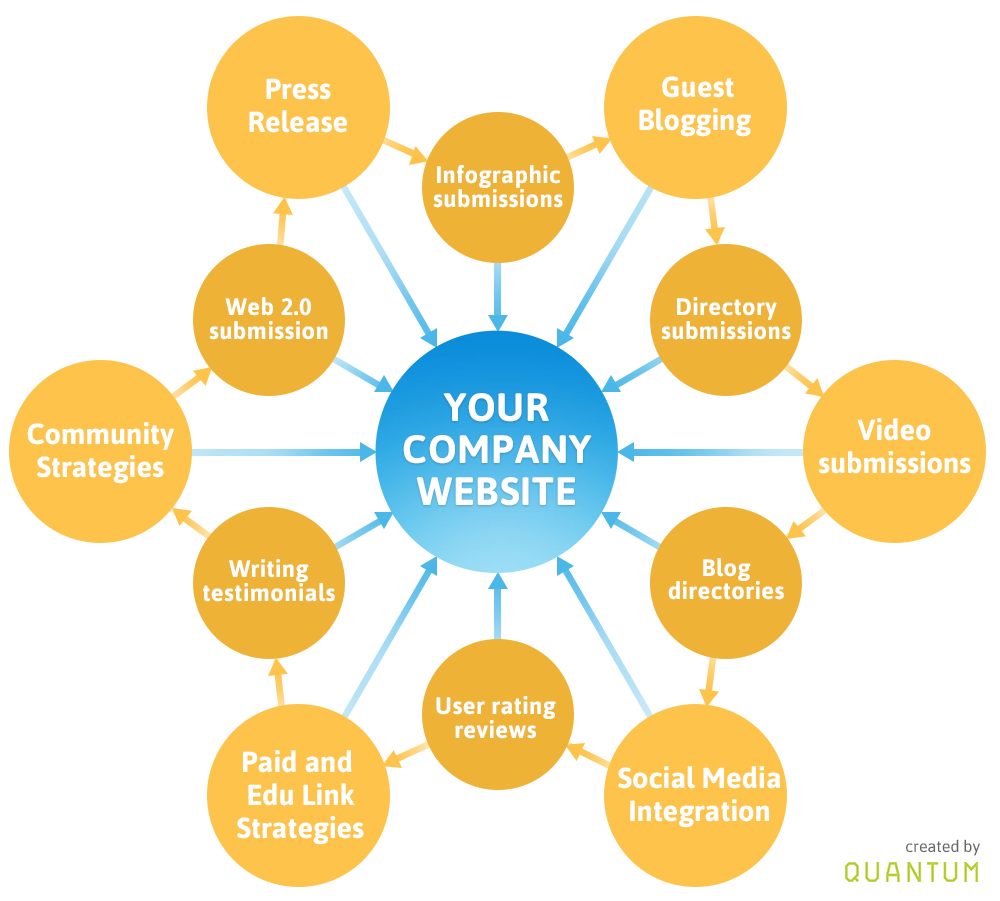

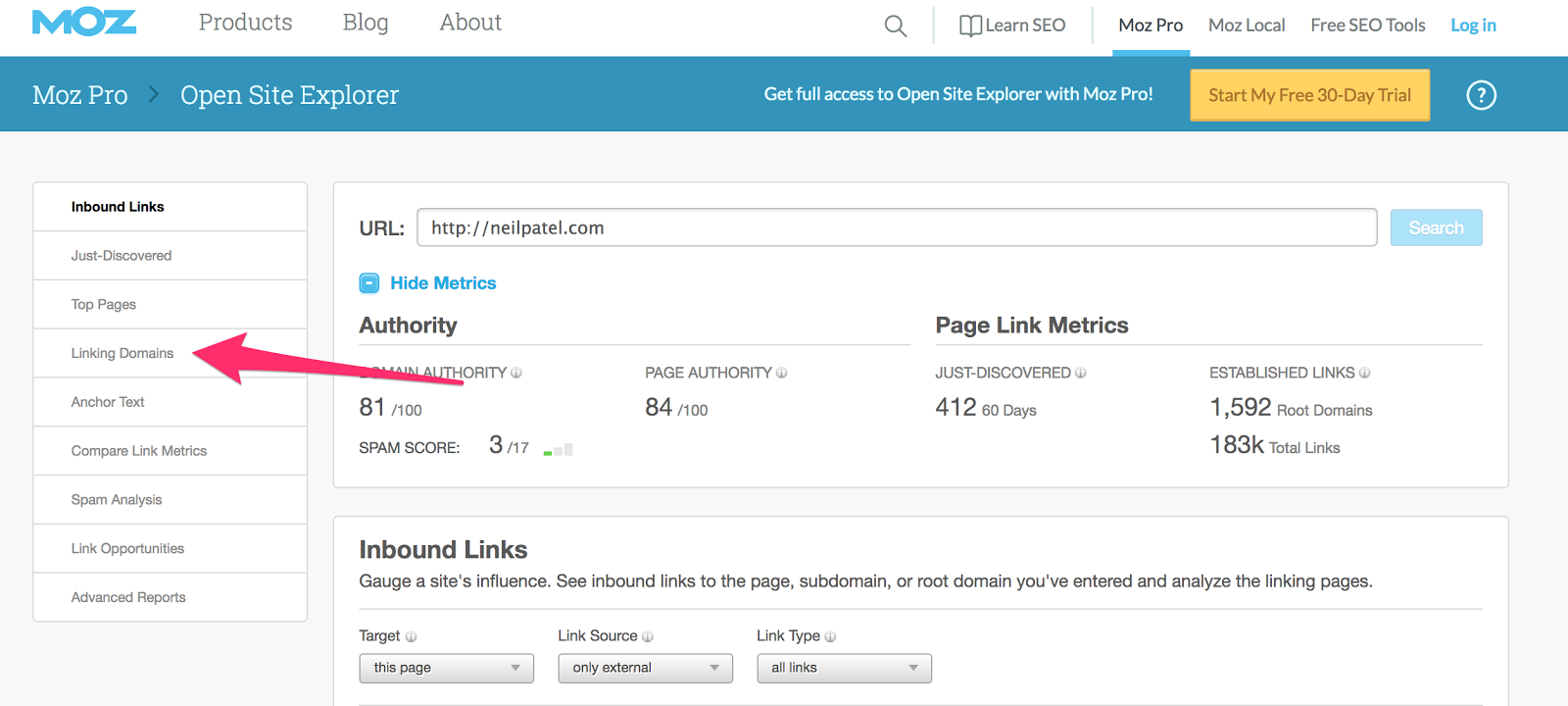
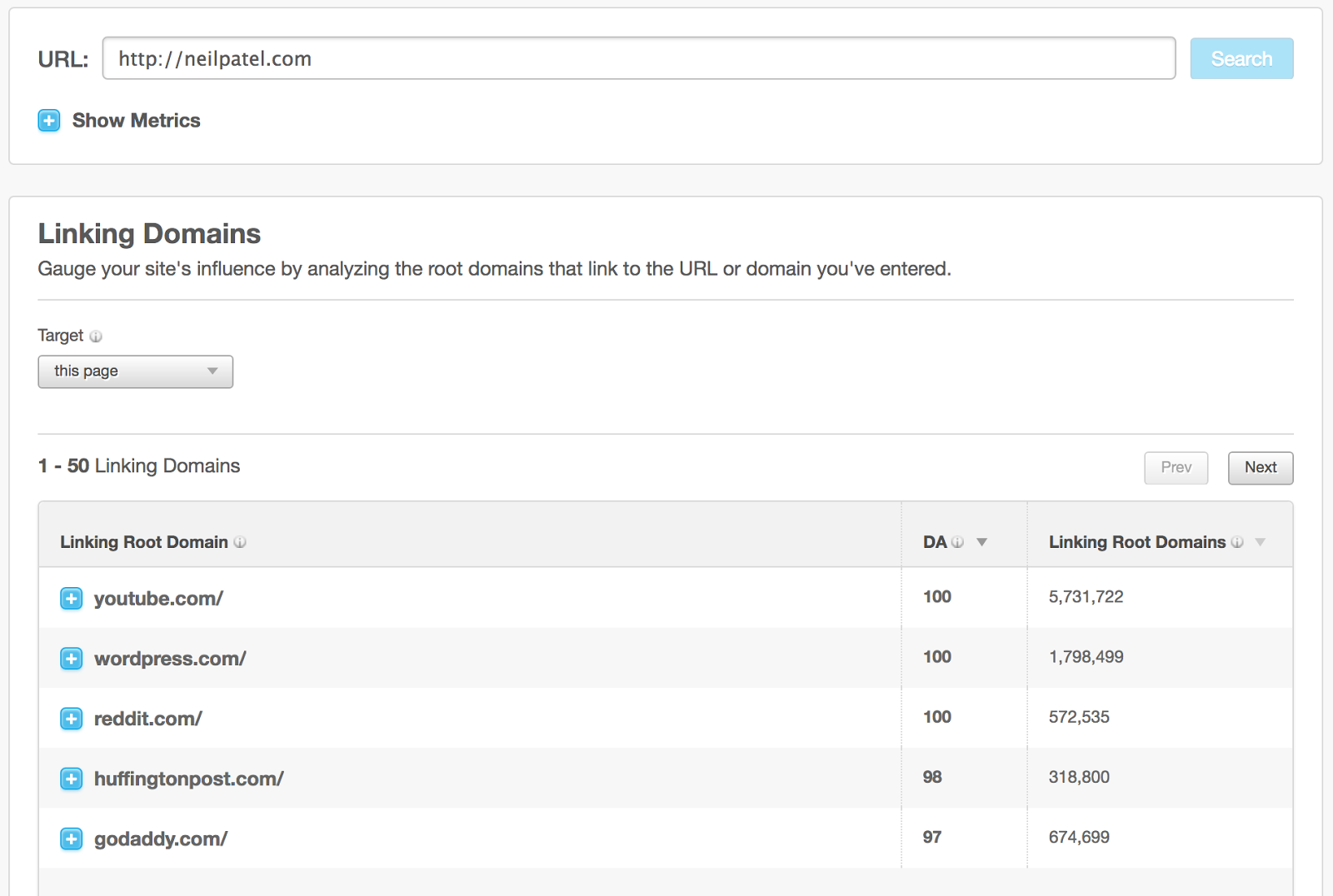
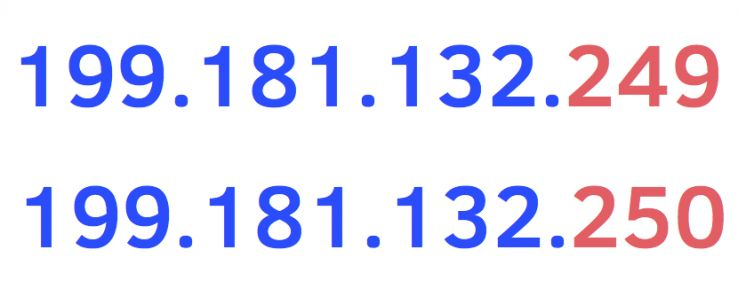
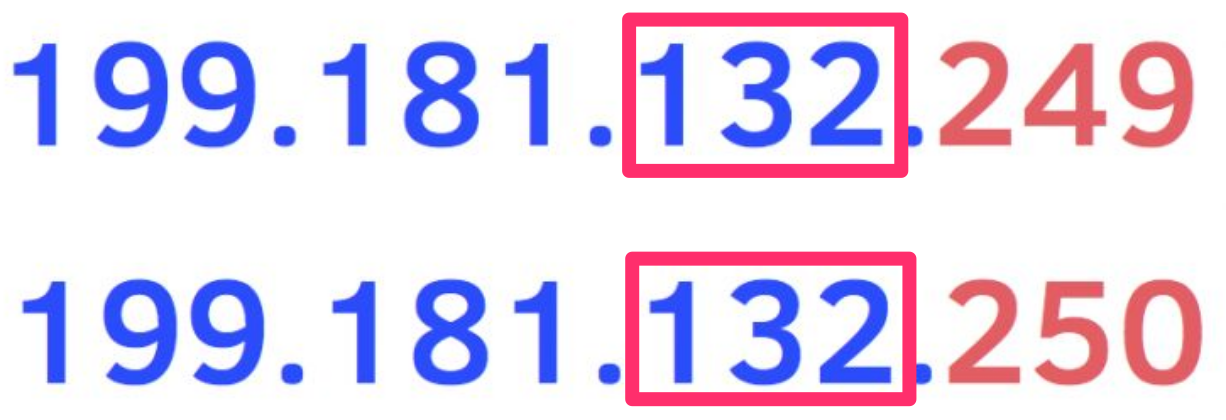
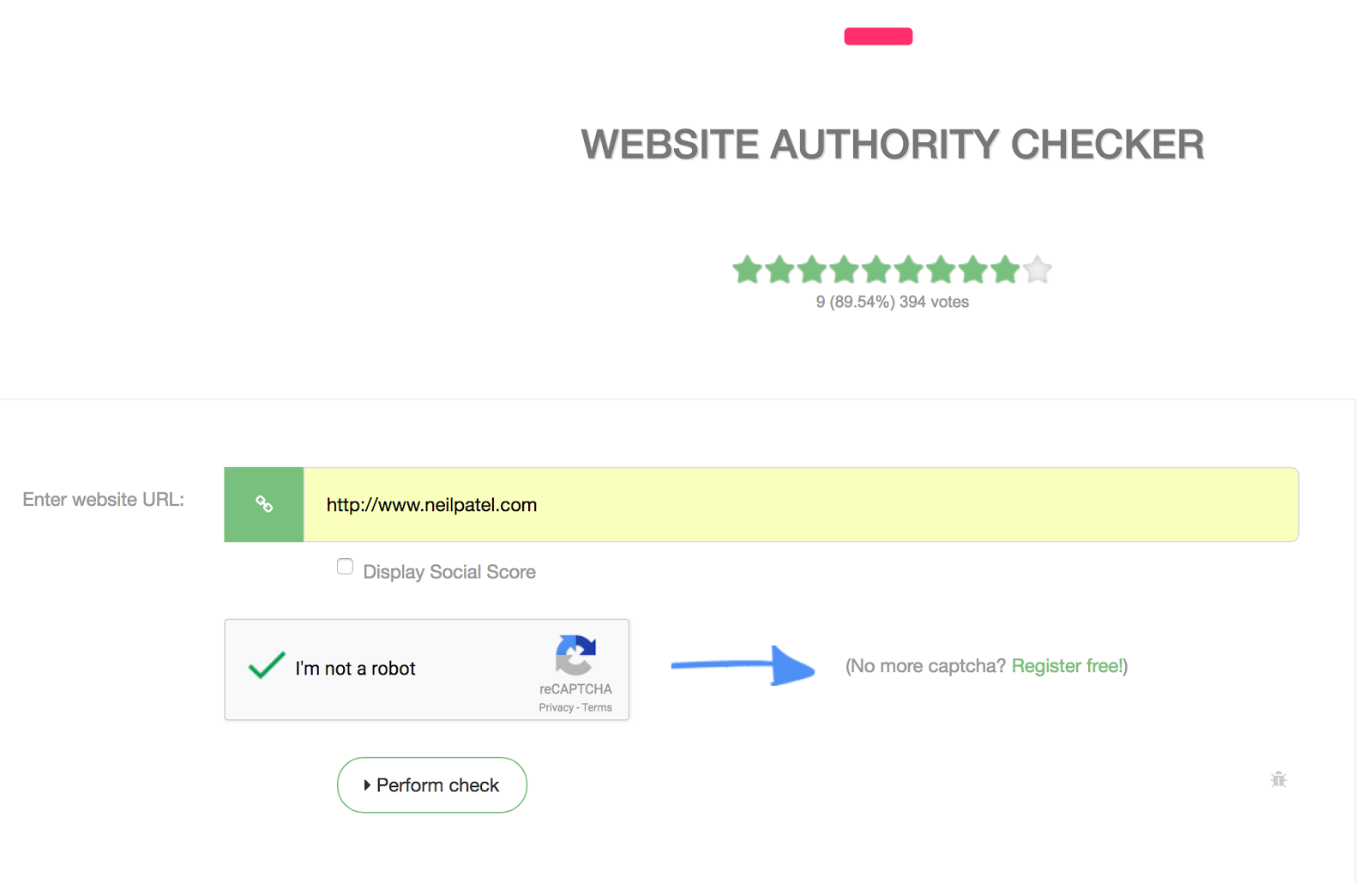
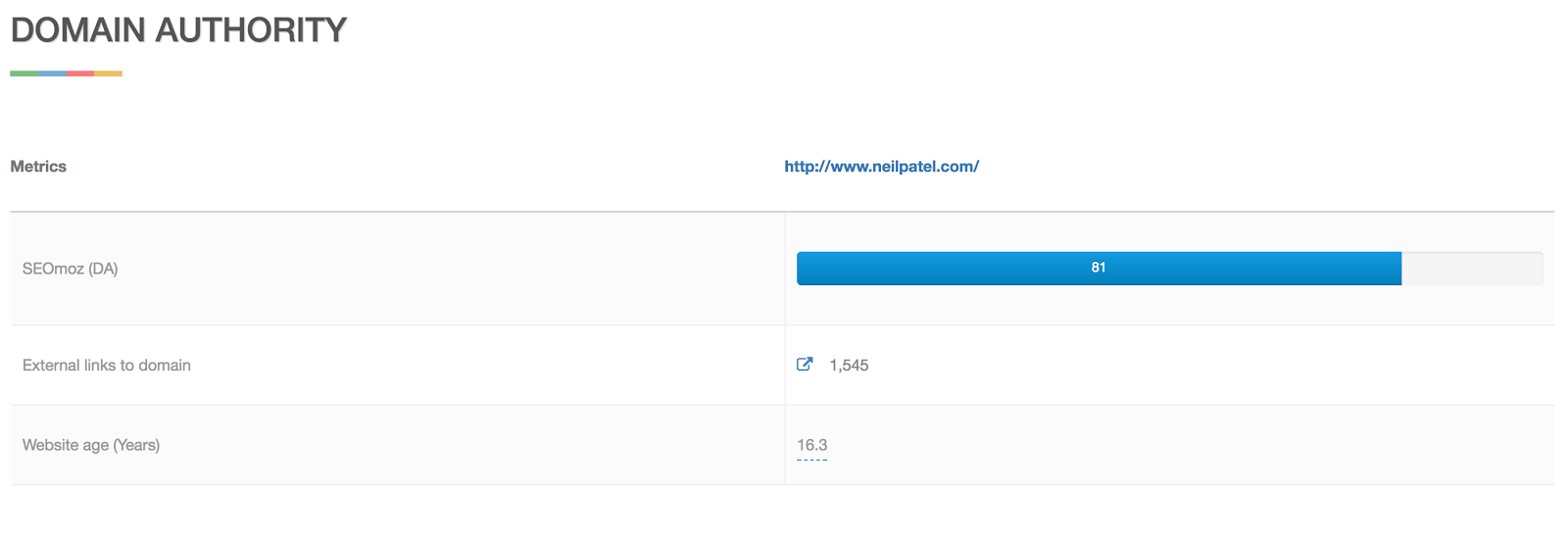
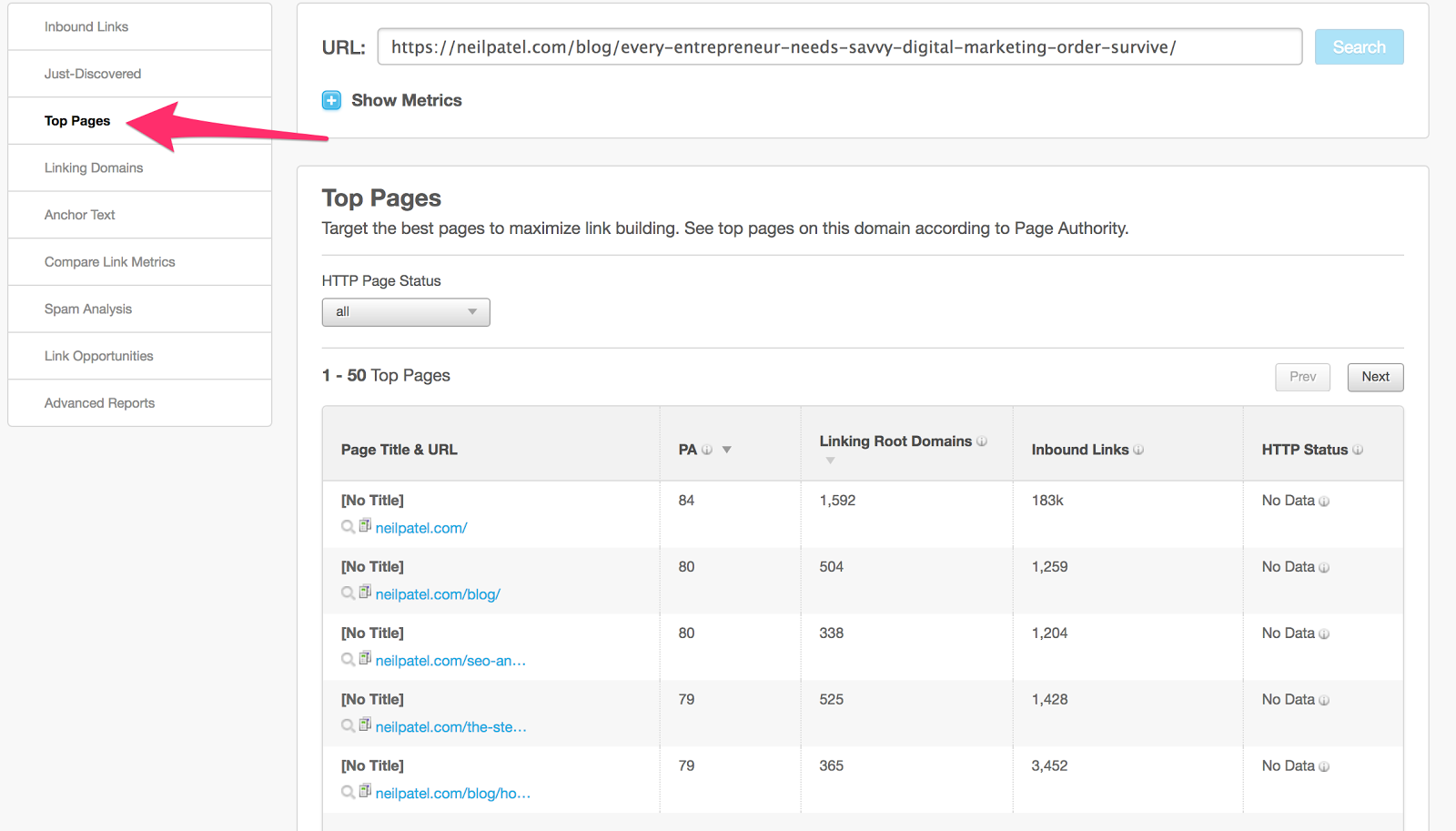
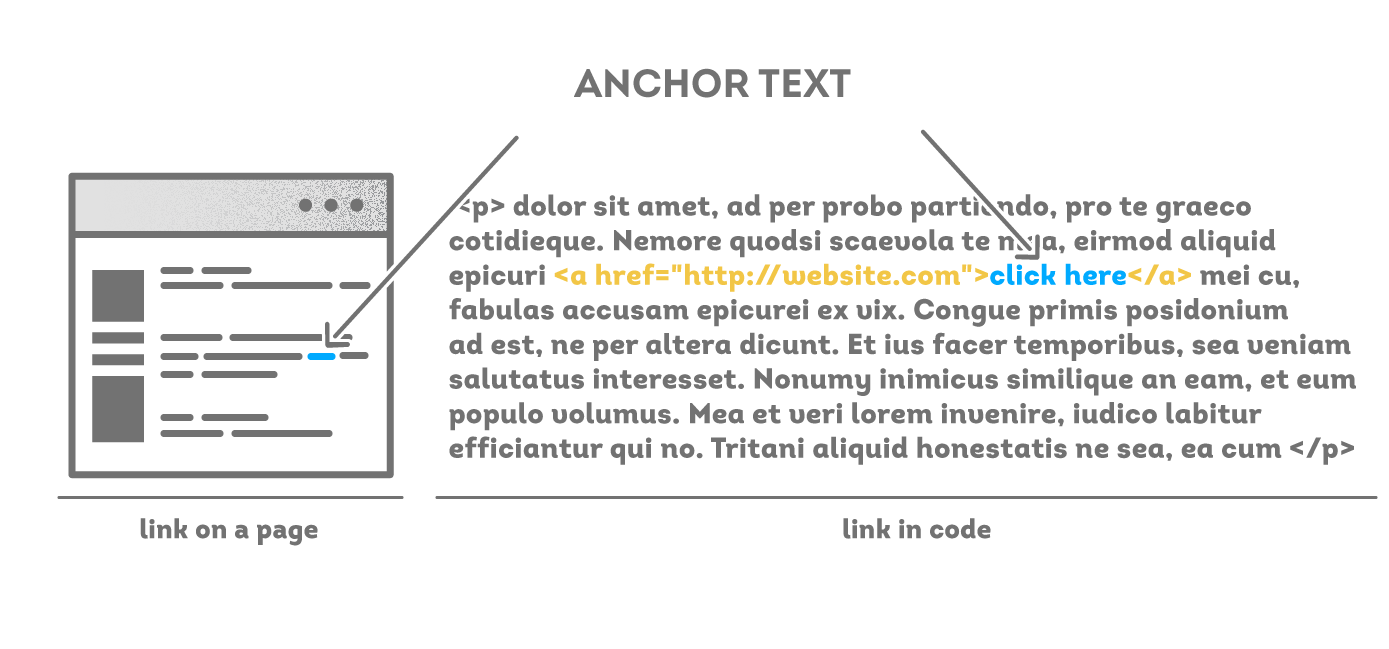


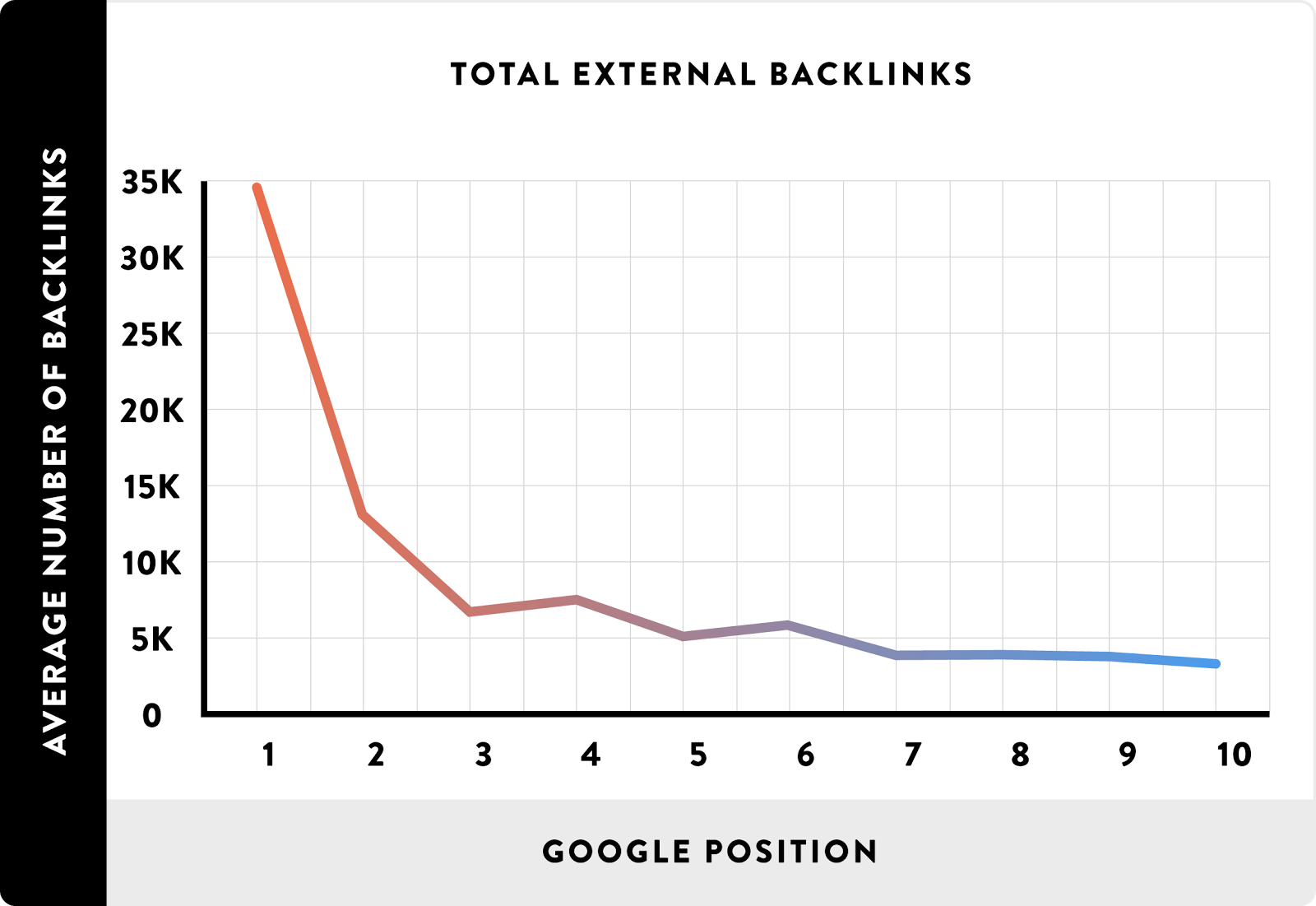
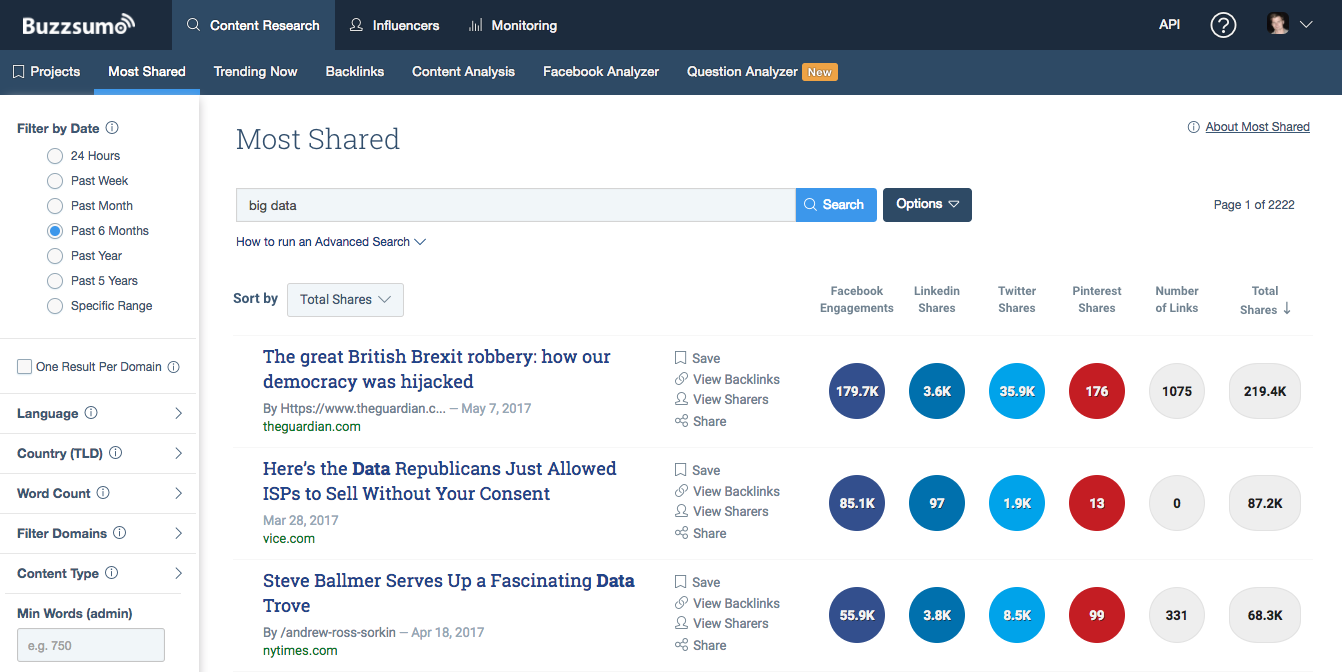
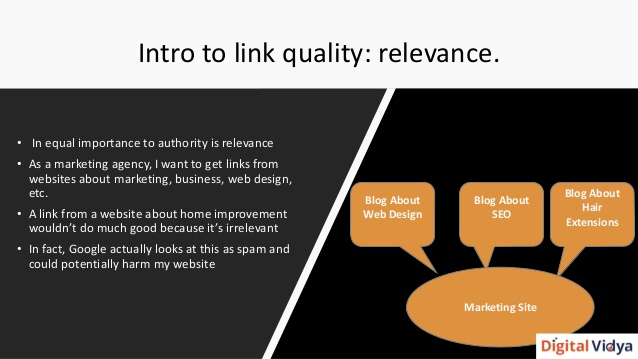
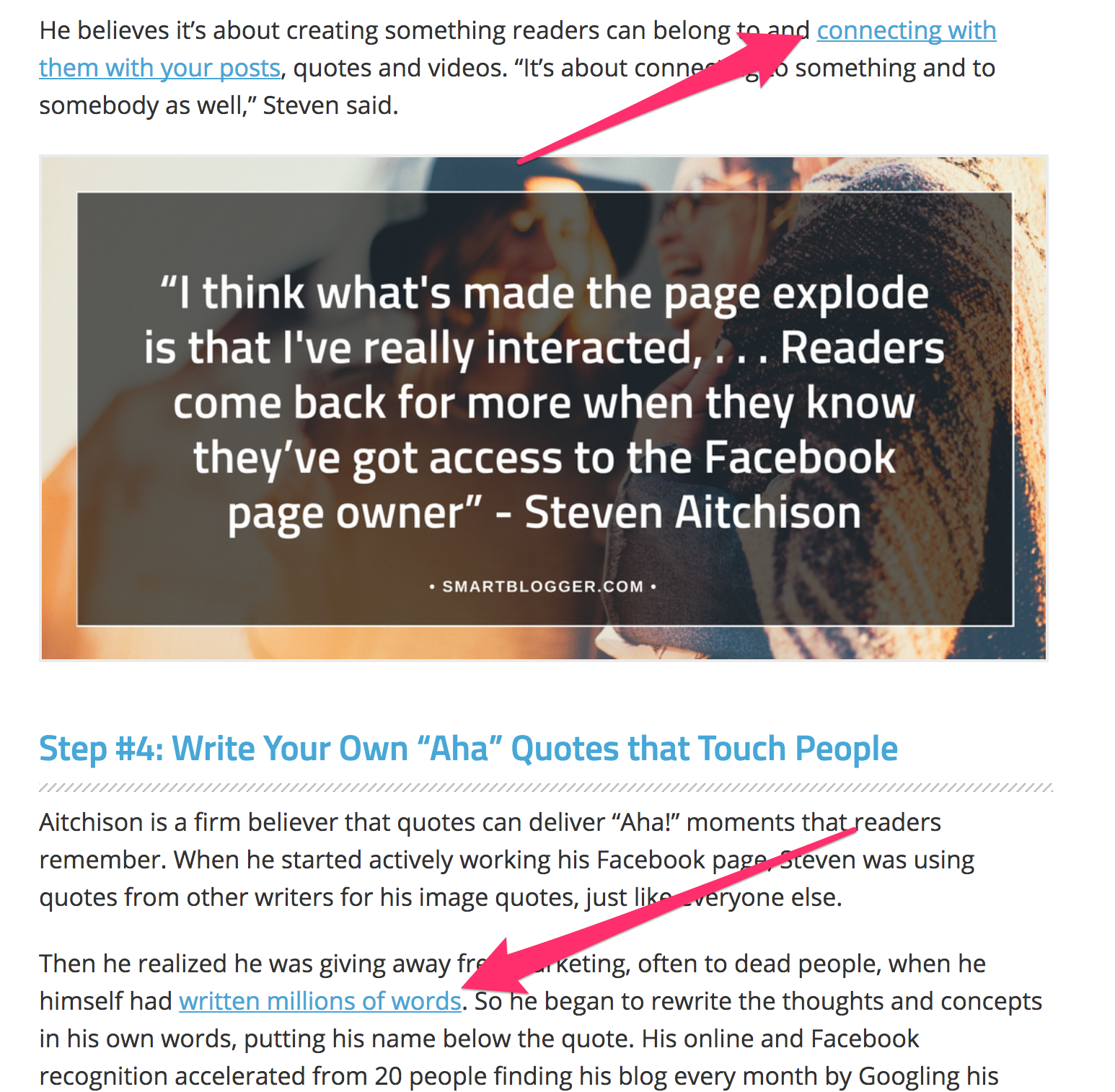
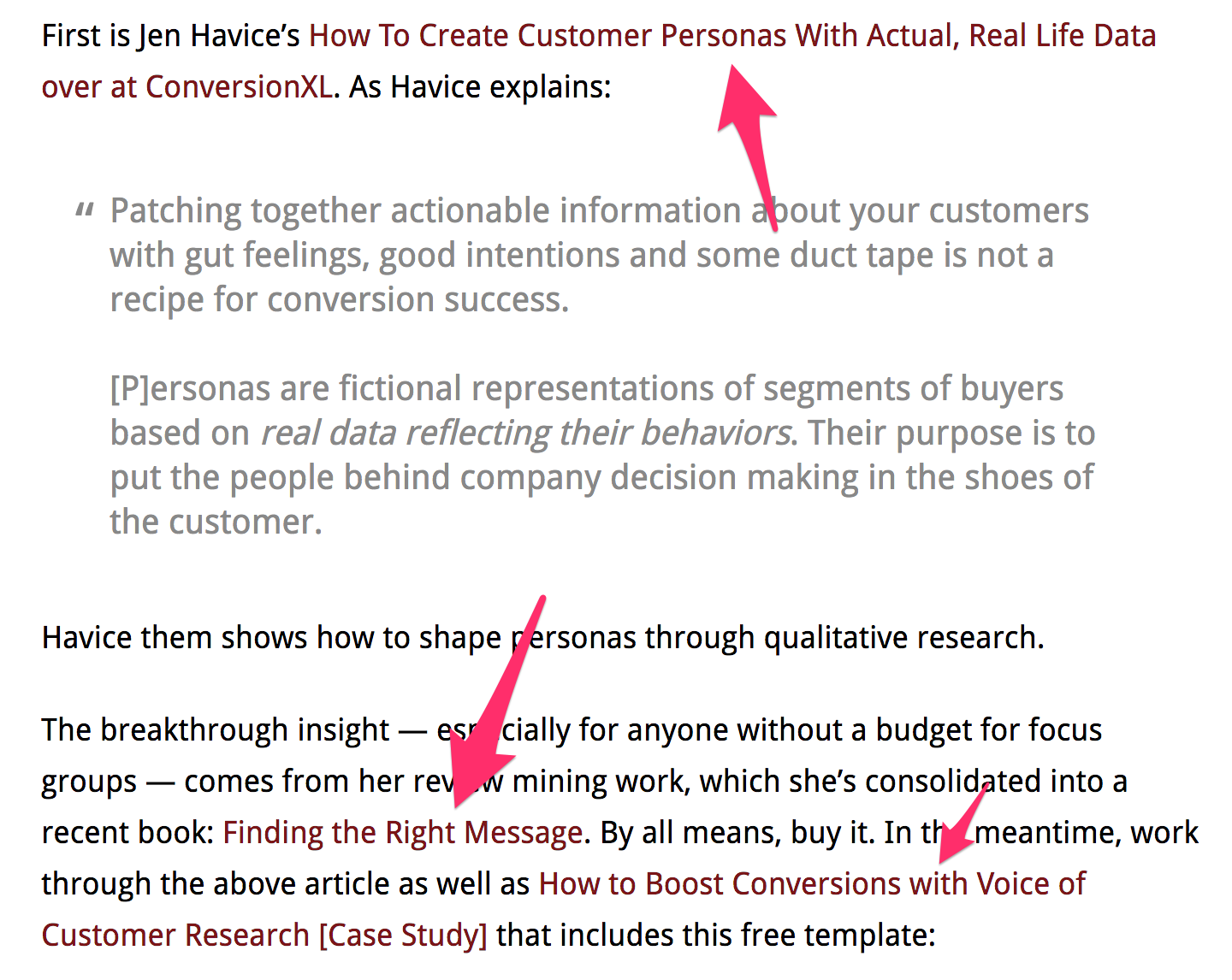
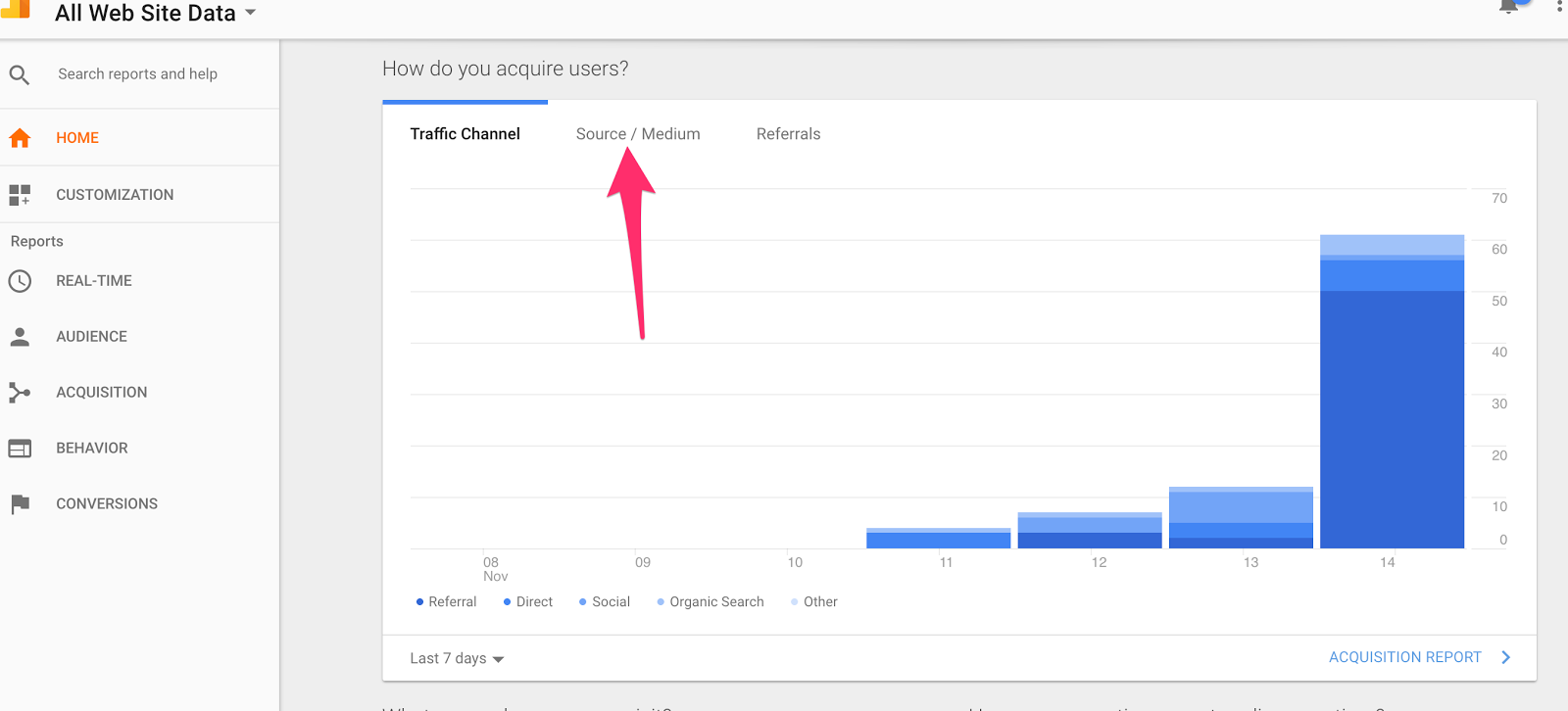
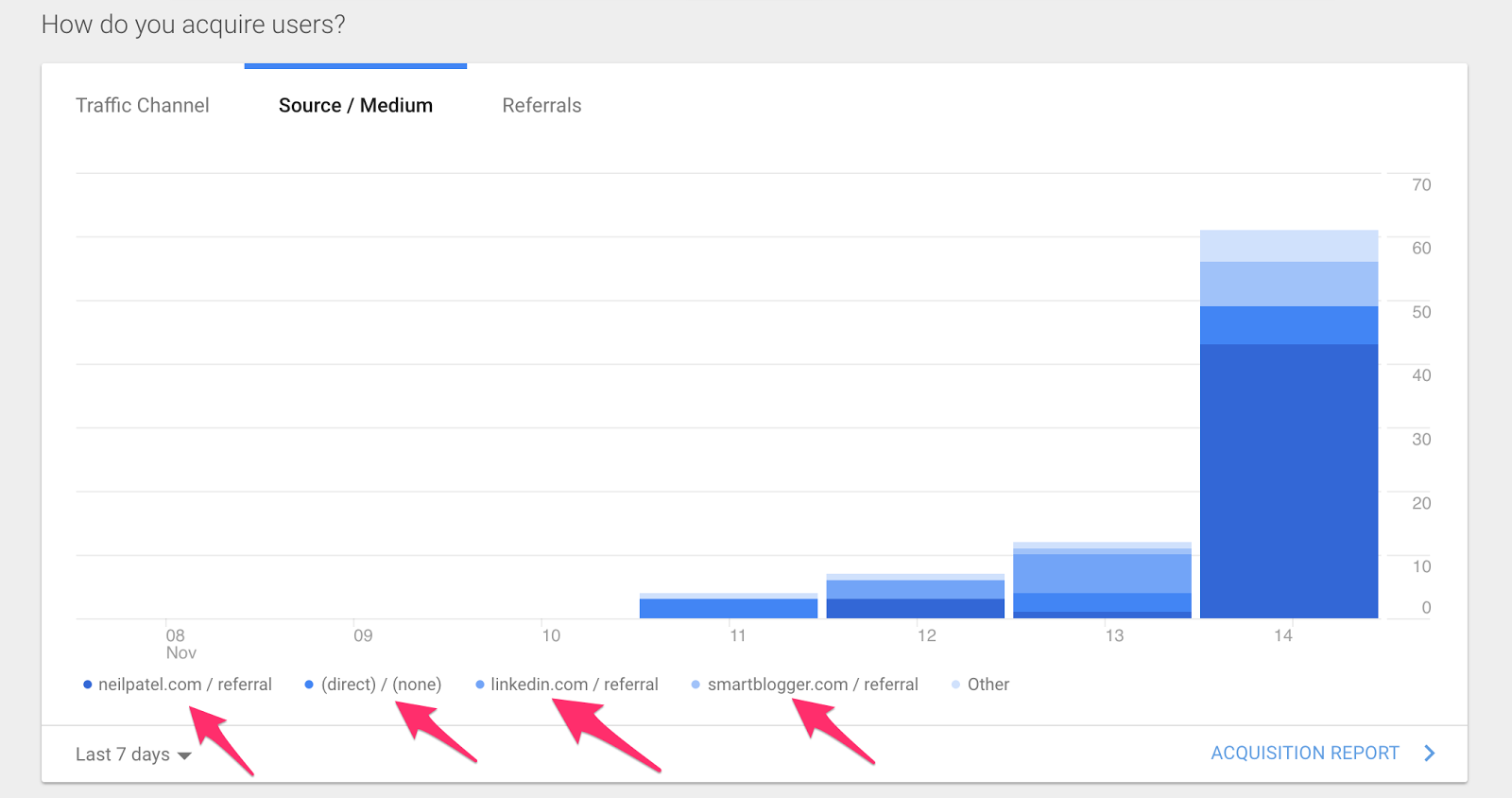

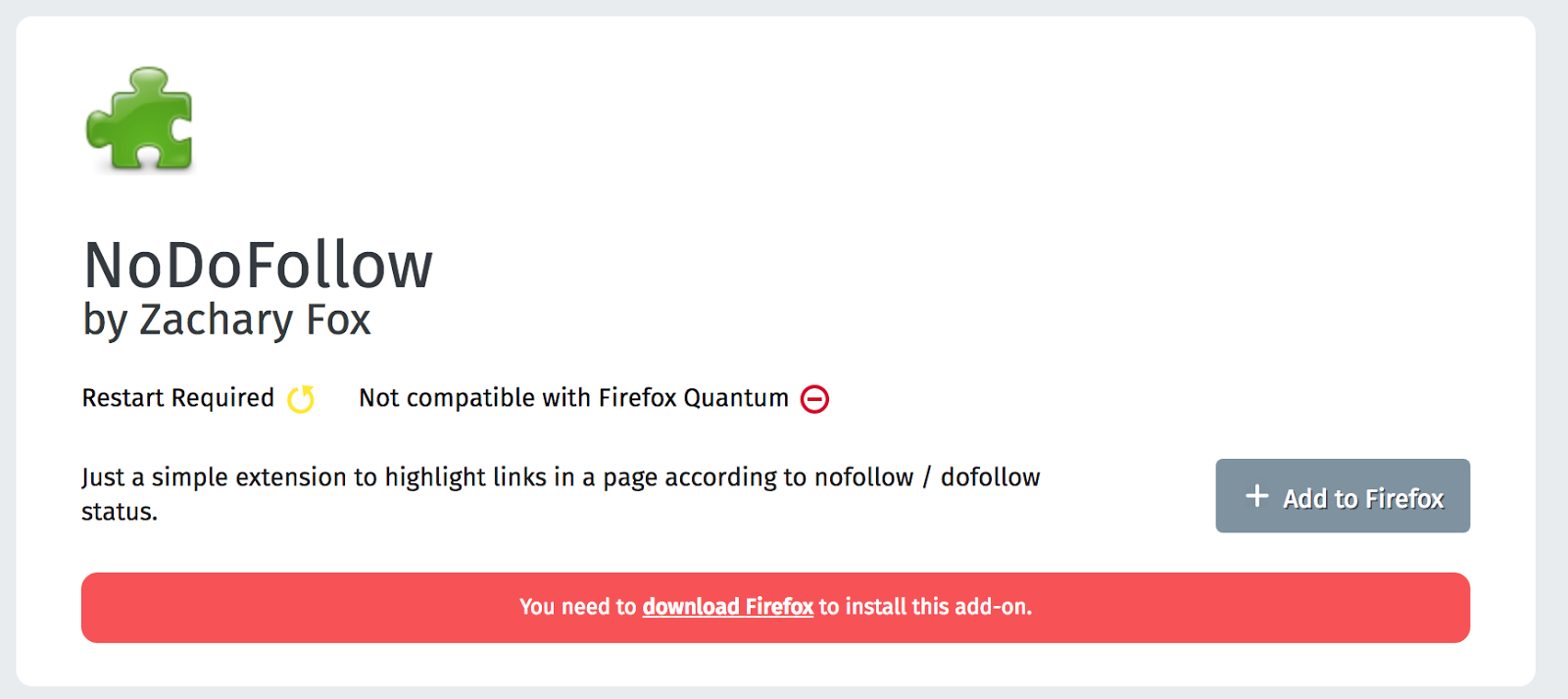
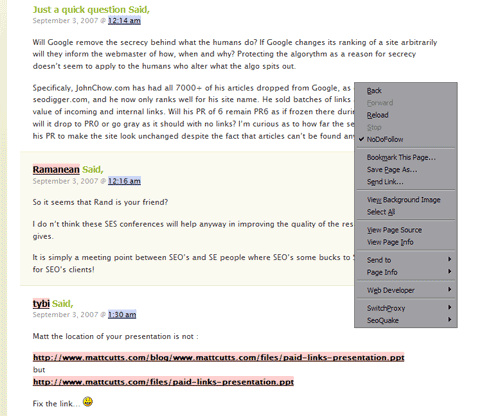
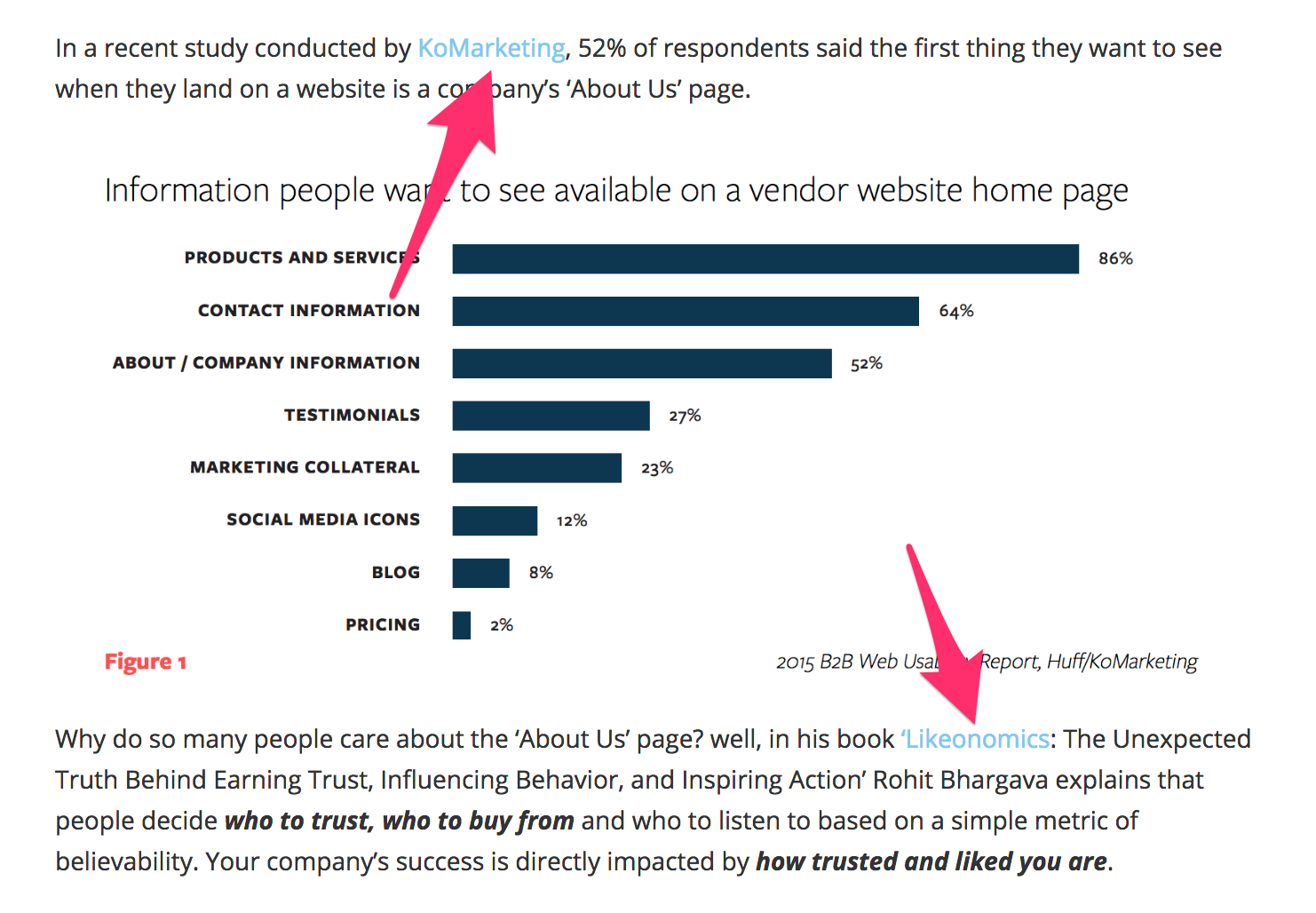
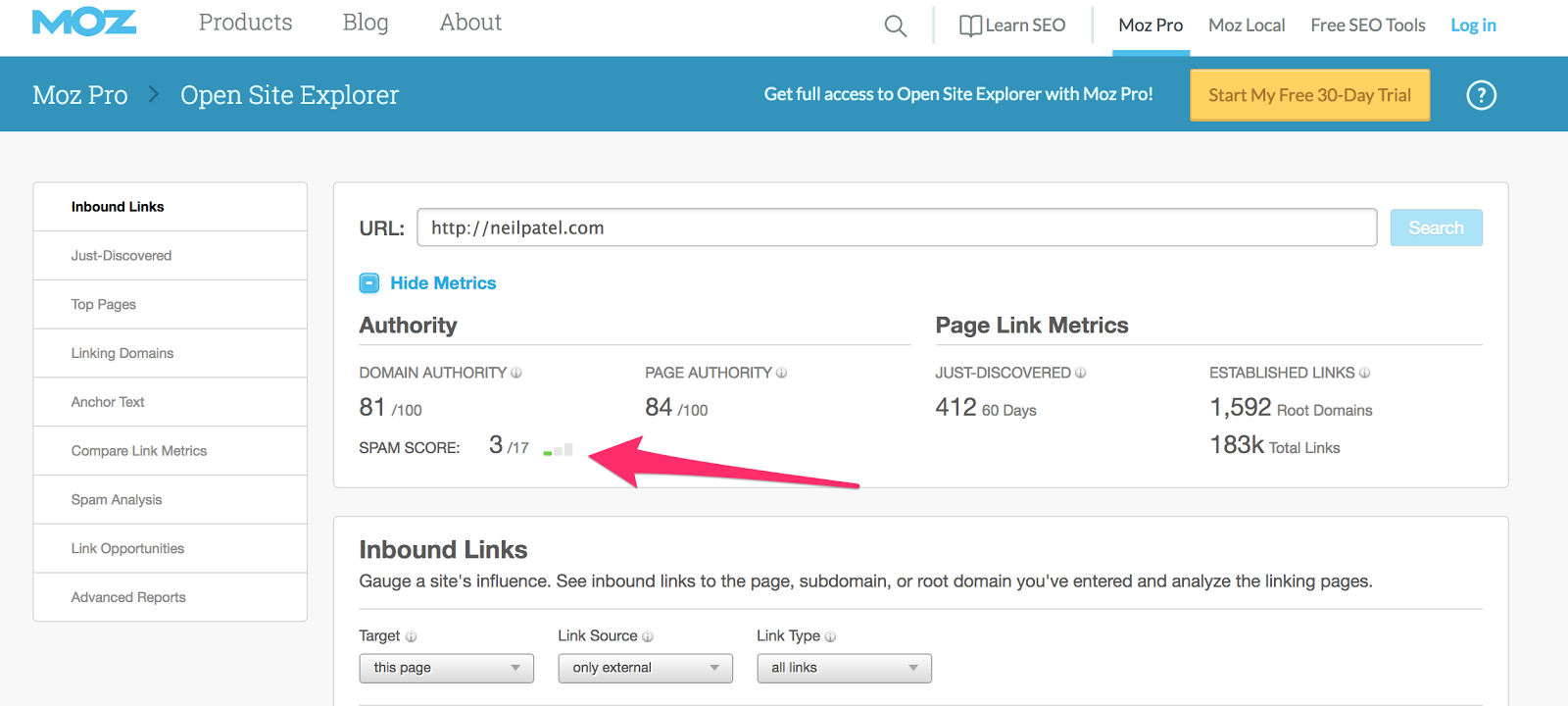

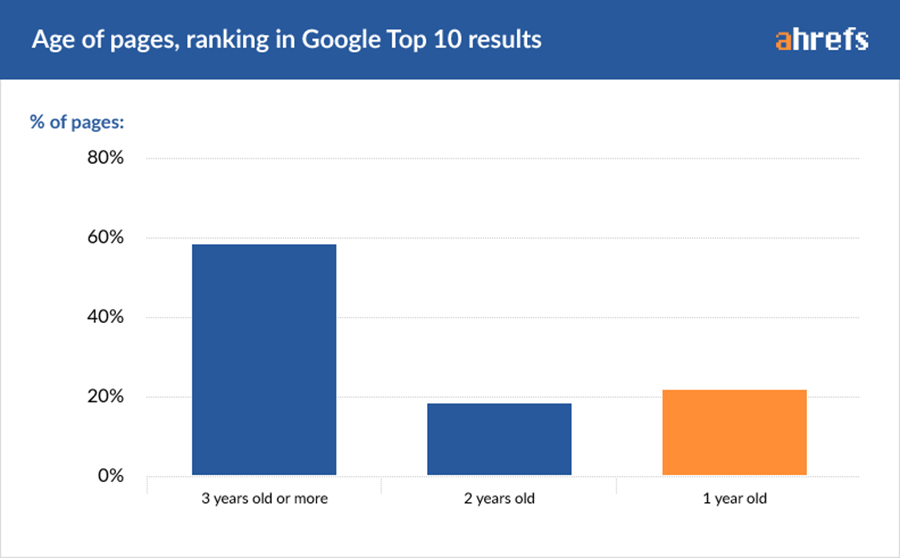
Comments (63)